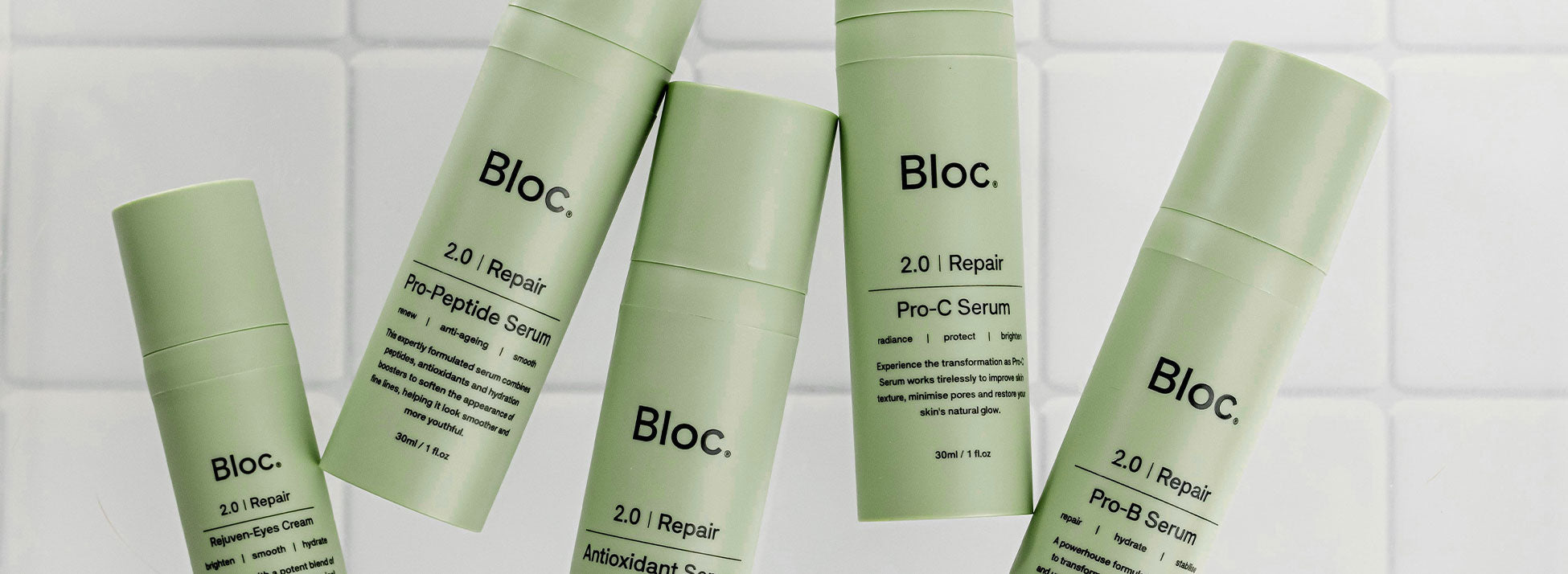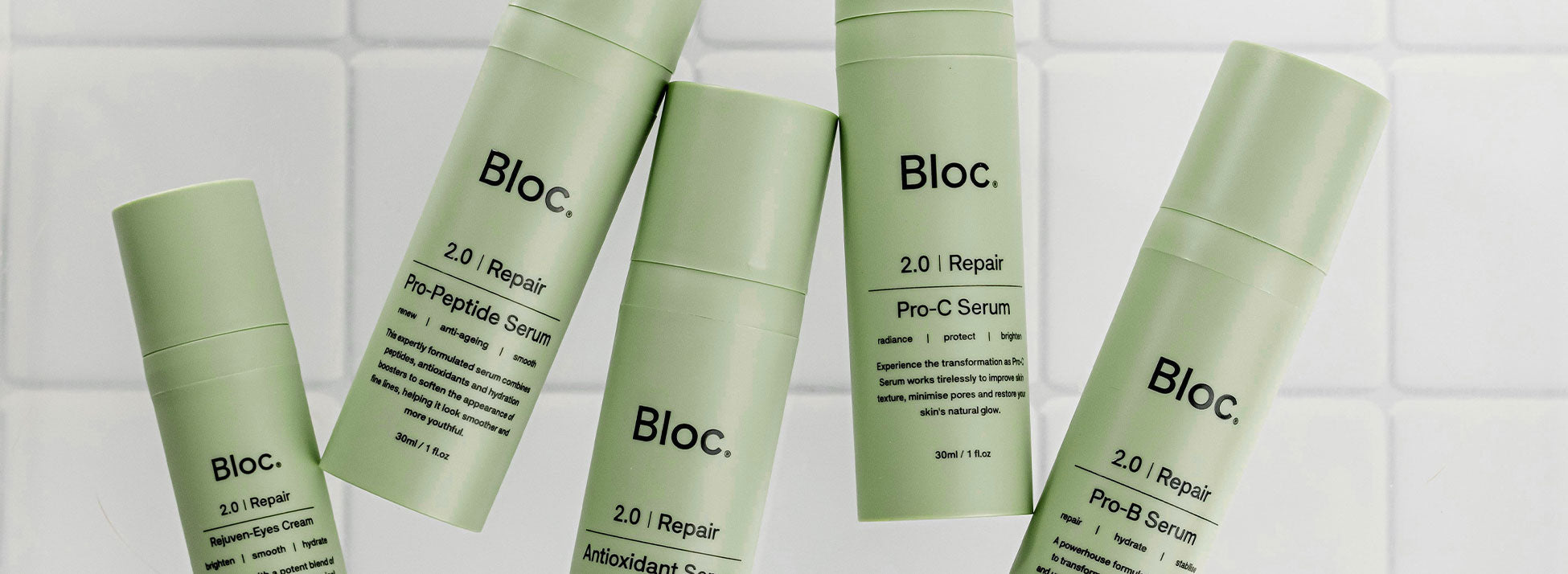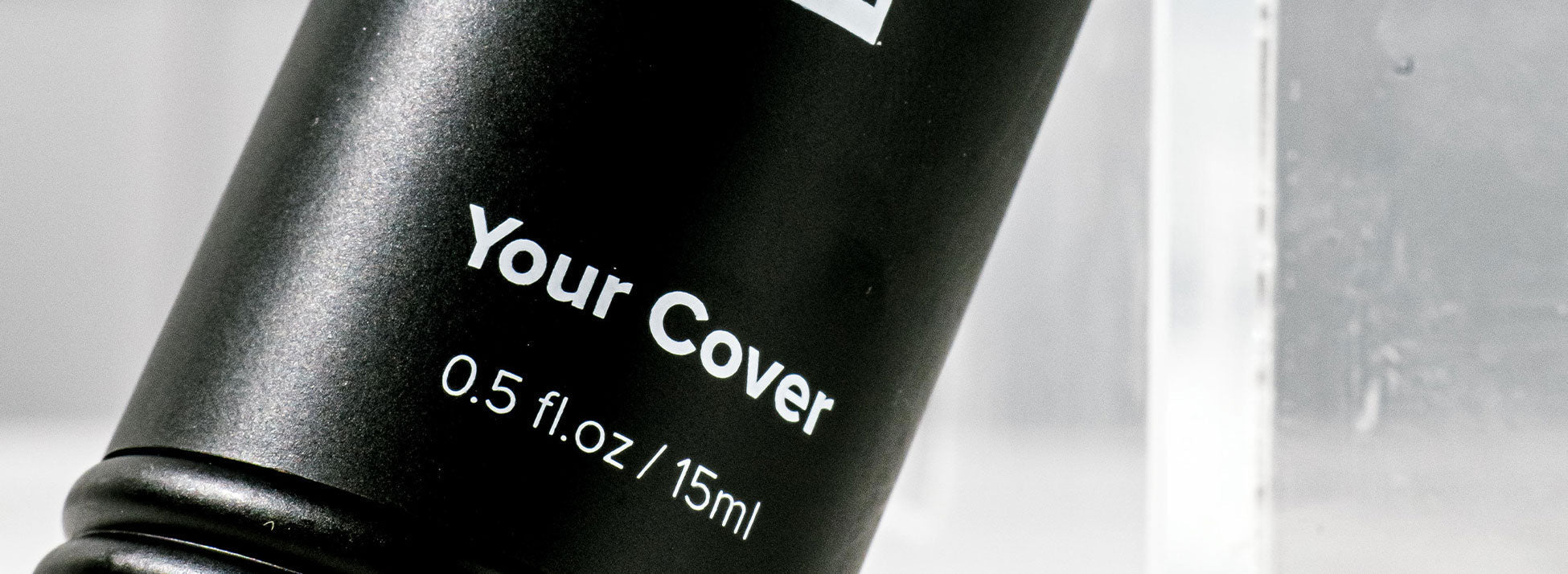Understanding UV rays and their effects on the skin is vital for maintaining skin health and preventing long-term damage. Ultraviolet (UV) radiation from the sun can have significant impacts on the skin, leading to both immediate and long-term effects. By understanding the different types of UV rays and their specific impacts, we can better protect our skin and maintain its health and vitality.
Types of UV Rays
- UVA Rays (Ultraviolet A)
- UVB Rays (Ultraviolet B)
- UVC Rays (Ultraviolet C)
UVA Rays (Ultraviolet A)
UVA rays account for about 95% of the UV radiation reaching the Earth's surface. They have a longer wavelength, allowing them to penetrate deeper into the skin, reaching the dermis.
-
Impact on the Skin:
- Ageing and Wrinkles: UVA rays are primarily responsible for photoageing, which includes wrinkles, fine lines, and loss of skin elasticity.
- DNA Damage: Although less intense than UVB rays, UVA rays still cause DNA damage, contributing to skin cancer risk over time.
- Tanning: UVA rays can lead to immediate tanning by oxidising melanin already present in the skin. This tan is superficial and provides little protection against further UV exposure.
UVB Rays (Ultraviolet B)
UVB rays make up about 5% of the UV radiation reaching the Earth's surface. They have a shorter wavelength than UVA rays, affecting the outer layers of the skin (epidermis).
-
Impact on the Skin:
- Sunburn: UVB rays are the primary cause of sunburn, causing redness, pain, and inflammation of the skin.
- Vitamin D Synthesis: On the positive side, UVB rays are crucial for the synthesis of vitamin D, which is essential for bone health and immune function.
- DNA Damage and Skin Cancer: UVB rays cause direct DNA damage, leading to mutations that can result in skin cancers such as basal cell carcinoma, squamous cell carcinoma, and melanoma.
UVC Rays (Ultraviolet C)
UVC rays have the shortest wavelength and are the most dangerous. However, they are mostly absorbed by the Earth's ozone layer and do not reach the surface under normal conditions.
-
Impact on the Skin:
- Limited Exposure: In natural conditions, UVC rays are not a concern for skin health. However, artificial sources, such as welding torches and certain types of lights, can emit UVC rays, necessitating protective measures.
Protecting Your Skin from UV Rays
To protect your skin from the harmful effects of UV rays, consider the following tips:
- Use Broad-Spectrum Sunscreen: Choose a sunscreen that offers broad-spectrum protection against both UVA and UVB rays. Apply it generously and reapply every two hours, or more frequently if swimming or sweating.
- Wear Protective Clothing: Long-sleeved shirts, wide-brimmed hats, and sunglasses can provide additional protection against UV radiation.
- Seek Shade: Avoid direct sun exposure during peak UV hours, typically between 10 a.m. and 4 p.m.
- Stay Informed: Check the UV index in your area to understand the level of UV radiation and take appropriate precautions.
Understanding the different types of UV rays and their effects on the skin is crucial for maintaining skin health and preventing long-term damage. By taking proactive steps to protect your skin, you can reduce the risk of sunburn, premature aging, and skin cancer, ensuring that your skin remains healthy and radiant for years to come.









